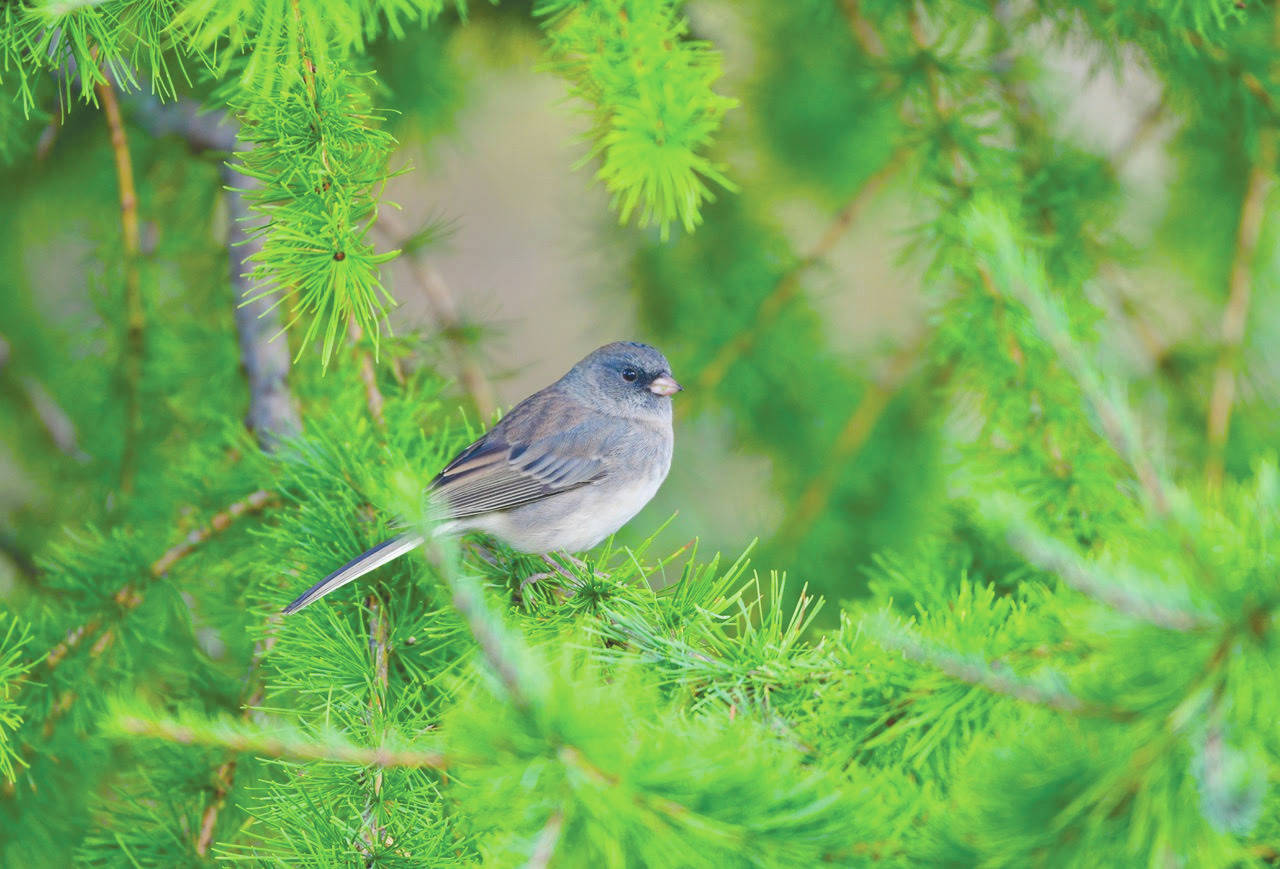A recent study published in the journal Nature Climate Change highlighted some work by Dr. Kyle Horton and his colleagues, who figured out how to use weather radar data to quantify bird migration (https://www.nature.com/articles/s41558-019-0648-9).
By studying radar data from the past 24 years, they were able to show that the timing of bird migration across North America has shifted in the spring and fall. The documented shifts are likely not matching some of the phenological shifts seen in things like the timing of insect hatches or berry ripening, but it shows that some species are capable of adjusting to a changing climate.
This is a cool use of machine learning and crazy levels of data processing. The work opens a lot of doors to new methods to process large quantities of data and quantify bird migration from radar imagery.
One point the authors identified is that this method blends all types of different migration strategies for all of our different migratory species. The study’s value is in looking across the entire country and not just looking at one site.
A problem with combining all species with different migration strategies is the tendency to downplay the potential threats to individual species or groups of species. Some species lack the ability to shift their migration timing or route and may find conditions not what they expected or needed when they get there.
A lack of insects or berries at the wrong time can be a problem for the migrating birds. This may be seen by increased failed nesting attempts. It could also change their own chances of survival in completing the several thousand mile journey back and forth each year.
When averaged across all bird species with different strategies, the ones that are more resilient and change their timing mask the lack of response by species that are obligatory or more rigid and less able to respond to a changing climate.
On the Kenai we have seen juncos and other sparrow species overwintering in Homer and Seward for a while. People see a white-crowned sparrow in the summer and winter and assume that it didn’t migrate.
A much more likely scenario is that “our” white-crowned sparrows that nest here still migrated, but instead of going to California or Arizona, they stopped short and were in Washington or Idaho. Thus the sparrows we are seeing in winter may be born farther north in Alaska and instead of migrating to Washington or British Columbia, some stopped short and stayed in Homer or even Kenai.
Bird banding will likely be one of the only ways we can solve this mystery with the technology we have today. Geolocator tags exist that could map a bird’s travel route and where they nest or winter, but they store the data on board and have to be recovered to collect anything from them.
The chances of recovering that individual bird again are so remote that it is not worth the money to waste the tag on most wintering birds.
Geolocators have been successfully used on birds that are nesting, because many birds will return to the same nesting area each year, giving researchers a fair chance of encountering the bird again and recovering the data.
There are a few banders in Seward and Homer that have a goal of catching and banding these newly overwintering species like the sparrows and American robins. But few have been banded and none have been recovered in subsequent winters.
Now we are starting to see an increase in different overwintering birds in Kenai, Soldotna and the Kasliof area as well. We are not seeing flocks of these species, but we are seeing more individual sightings of sparrows and robins in winter. In a few cases, feeder watchers have even reported seeing what they believed was the same sparrow for a couple of winters in a row.
If we could get some of these unusual winter birds banded, that might be the start to understanding what they are doing here. Are they returning to the same area each winter?
If we were able to document that a portion of them are returning to the same place to winter for a couple of winters in a row, then we would have some level of confidence that they could be recaptured.
With the confidence that we may get a few of them back it might be worth the extra expense to tag some with geolocators and determine where they are nesting and why they are starting to utilize the Kenai-Soldotna area as their new wintering grounds.
If you are seeing bird species at your feeder in winter (December to February) that you don’t normally see, it is possible that we may want to identify them and see if it is a species that would be beneficial to band. If you use eBird, there is no need to contact me as I will already see your pertinent sightings.
But if you are not an eBird user, there is a chance that nobody knows about your unique sighting. Try and get a photo and email it to me (todd_eskelin@fws.gov).
Todd Eskelin is a Wildlife Biologist at Kenai National Wildlife Refuge. Find more Refuge Notebook articles (1999-present) at https://www.fws.gov/Refuge/Kenai/community/Refuge_notebook.html or other info at http://www.facebook.com/kenainationalwildliferefuge.
By Todd Eskelin
Kenai National Wildlife Refuge

